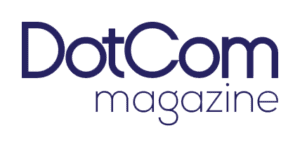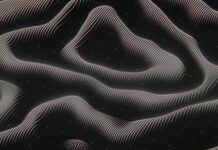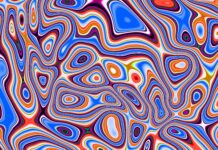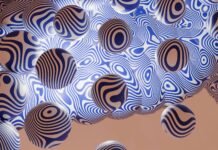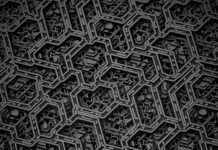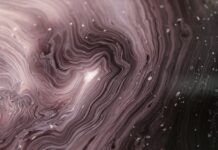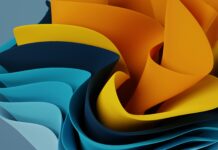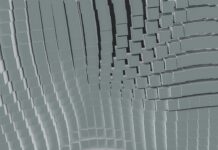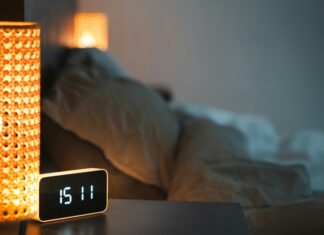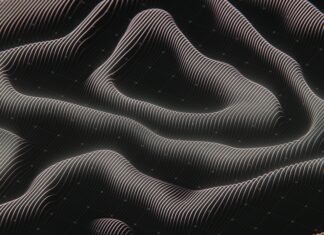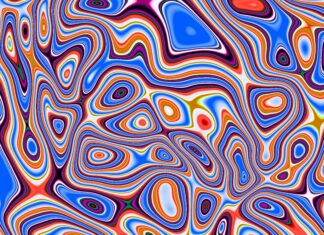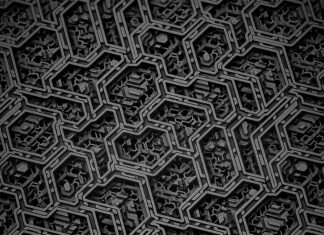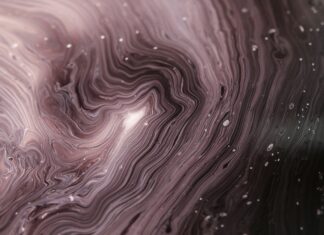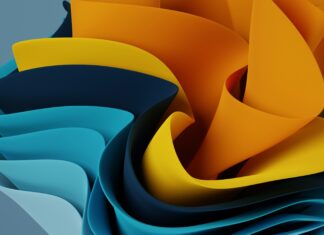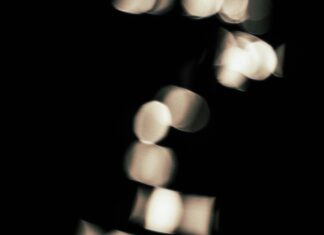In today’s rapidly evolving fashion industry, one of the most important questions photographers, stylists, and creative directors are asking is how AI will change the Fashion photography tips. The truth is, if you want to stay relevant, you must understand how AI will change the Fashion photography tips in practical, ethical, and professional ways. By looking closely at how AI will change the Fashion photography tips, we can uncover the specific tools, workflows, and best practices that will transform fashion photography forever. This article explores ten vital areas where AI is reshaping this space and provides detailed, actionable insights to help both professionals and enthusiasts.
1) AI as the New Creative Partner in Fashion Photography
One of the most vital things to understand is how AI is becoming a true creative partner. Traditionally, mood boards, references, and shot concepts could take days or even weeks to prepare. Now, AI tools can generate visual references within minutes, offering photographers a new starting point. This doesn’t replace creativity but enhances it. For instance, a fashion photographer can input parameters such as “spring couture, soft natural lighting, urban backdrop, pastel palette” and receive a gallery of tailored visuals. These help frame the vision, inspire new ideas, and ensure alignment with the client’s brand aesthetic.
2) Smarter Casting Decisions with AI Assistance
Casting is a cornerstone of fashion photography. AI now helps agencies and photographers make better casting decisions by analyzing thousands of images and matching model attributes to campaign needs. Beyond physical characteristics, AI can analyze digital presence, audience engagement, and brand compatibility. This ensures models not only fit the look but also the reach and ethos of the brand. For photography tips, this means less guesswork in pre-production and a more efficient creative process.
3) Automated Shot List Creation for Maximum Efficiency
AI can turn creative concepts into structured shot lists. Fashion shoots require precision and efficiency; every minute counts. By analyzing the campaign’s objectives, the wardrobe, and the schedule, AI generates prioritized shot lists. These lists include angles, lighting suggestions, and even time allocations. This reduces redundancy, minimizes forgotten shots, and ensures content coverage across different media platforms like Instagram, e-commerce stores, and magazines. For fashion photography tips, this automation means smoother workflows and higher productivity.
4) Pre-visualization of Lighting and Set Design
Lighting is everything in fashion photography. AI tools can simulate how different lighting setups will look on specific fabrics, textures, or skin tones. This helps photographers visualize before setting up costly equipment. For example, if you’re shooting sequins or metallic fabrics, AI can show how light will bounce or create hotspots, allowing you to adjust beforehand. This tip prevents wasted time on set and gives photographers greater control over final outcomes.
5) Enhanced Wardrobe Styling and Look Consistency
Fashion photography isn’t only about taking pictures—it’s about telling a consistent story. AI can help stylists and photographers assess wardrobe combinations for coherence, color balance, and thematic unity. Imagine uploading an entire collection and having AI suggest which outfits flow best together or which accessories might clash under studio lighting. These AI-driven styling insights keep a shoot visually harmonious and on-brand.
6) Pose Coaching and Model Direction
One of the more innovative changes AI brings is model pose coaching. With pose databases and predictive modeling, AI can recommend body positions that enhance garments and flatter different body types. For photographers, this means less trial and error on set. A quick glance at an AI-generated pose board provides ideas for movement, hand placement, or garment display. This is especially useful in fast-paced shoots where efficiency and variety matter.
7) Camera Settings and Lens Guidance from AI
Every fabric, environment, and lighting setup requires different camera settings. AI can analyze these elements and suggest optimal aperture, shutter speed, ISO, and lens choice. For example, it may suggest a shallow depth of field to highlight textures or a fast shutter for motion-heavy garments like flowing dresses. This gives photographers confidence and consistency across shoots, especially for teams with varying levels of technical expertise.
8) Intelligent Retouching While Preserving Authenticity
Retouching has always been a delicate balance—polishing images without losing authenticity. AI-powered retouching now makes it possible to remove distractions (like stray hairs or fabric wrinkles) while retaining skin texture and fabric integrity. Unlike old software that often over-smoothed details, today’s AI tools prioritize natural looks. For fashion photography tips, this is transformative because it reduces editing time, maintains authenticity, and supports ethical standards in the industry.
9) Backgrounds, Set Extensions, and AI Composites
Backgrounds play a crucial role in fashion photography. Sometimes, budget or logistics limit location options. AI can now extend sets, replace backgrounds, or create immersive digital environments while keeping lighting consistent. For example, a studio shot can be seamlessly blended into a Parisian street scene, complete with natural shadows and color grading. This expands creative freedom and reduces costs, giving photographers more options to meet client demands.
10) AI for SEO, Personalization, and Content Delivery
Photography doesn’t end with the final image—it continues in how content is delivered and consumed. AI is now essential for optimizing metadata, alt text, captions, and filenames for SEO. For fashion photographers, this means images are more discoverable online, driving more engagement and sales for clients. Personalization is another area where AI shines. AI can deliver tailored visual assets for different platforms (Instagram, TikTok, websites) and audiences, ensuring every image works harder across the digital landscape.
The Ethical Side of AI in Fashion Photography
While AI offers enormous benefits, ethical considerations are just as vital. Photographers must ensure they’re transparent about AI-assisted edits, especially in editorial and journalistic contexts. Clients and audiences value honesty in representation, so avoid manipulations that mislead. Protecting models’ data and intellectual property rights also matters. Photographers must respect contracts, secure AI outputs, and ensure tools used comply with privacy standards.
Conclusion
The future of fashion photography is inseparable from AI. By embracing these tools wisely, photographers can save time, unlock creativity, and deliver work that is both cutting-edge and authentic. The ten vital things outlined above—covering everything from mood boards and casting to SEO optimization—are not distant possibilities but present realities. If you’re serious about photography, this is the moment to adapt, experiment, and use AI as your ultimate collaborator.
By applying these fashion photography tips enhanced by AI, you’ll not only stay relevant in a fast-changing industry but also shape the very future of visual storytelling.
